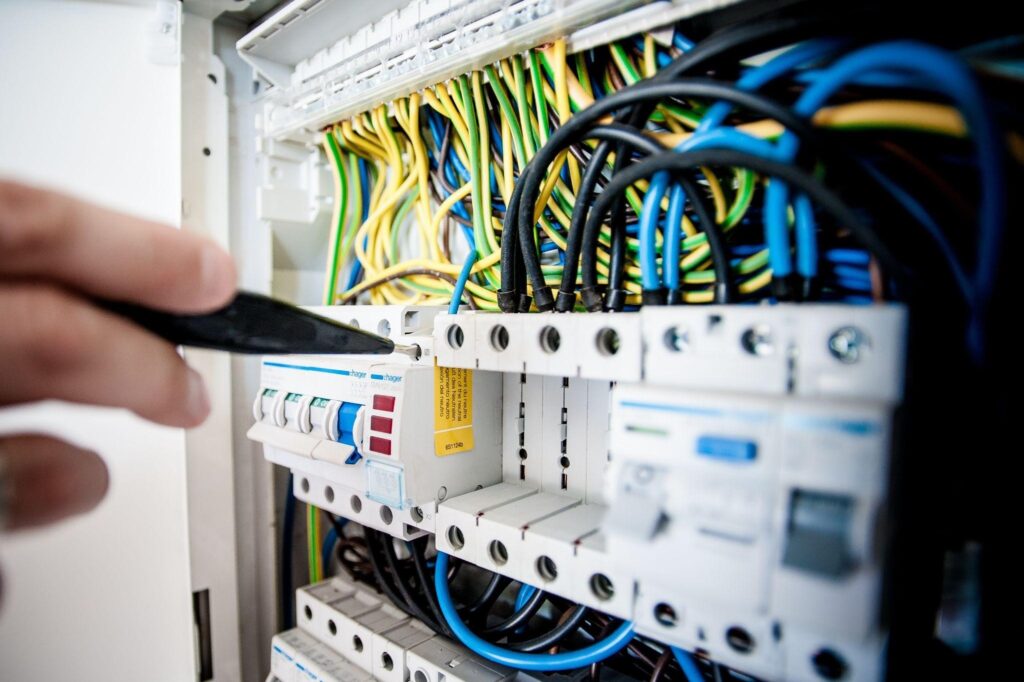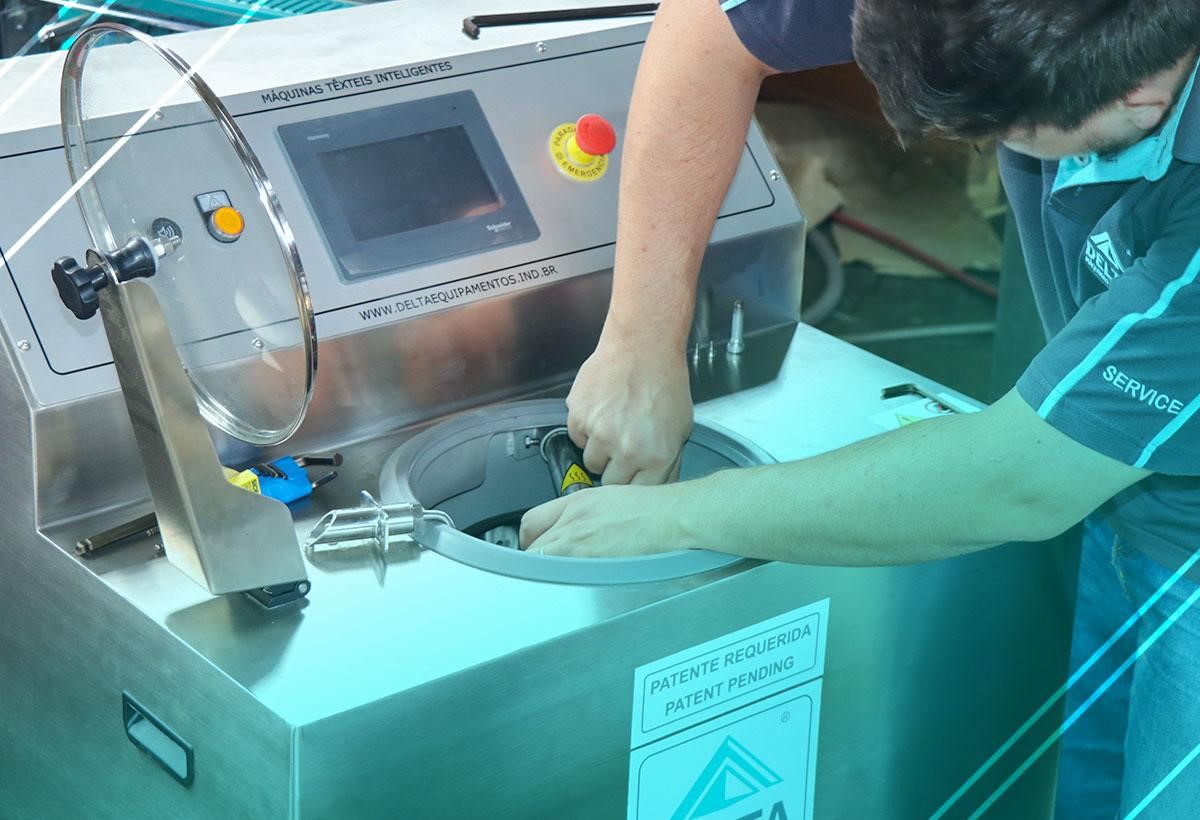Efficient maintenance management avoids rework, as well as financial and time waste. Even more so in the textile industry, where there are a high number of tools and machines that need to be constantly monitored.
Therefore, it is necessary to know what the processes at this stage are and the indicators that point to possible failures. They will guide problem resolution plans.
Therefore, in this text you will see what maintenance management is, the procedures in this area and the indexes that help with its monitoring.
What is maintenance management?
Maintenance management is the area that organizes, manages and supervises the tools, equipment, materials and machines used in the production of an industry.
The role of the maintenance manager is to ensure there are no failures throughout the process and avoid possible rework and production bottlenecks. The main objective is to ensure greater productivity and performance, both for employees and for the entire process itself.
According to a study on maintenance methodology, interruptions in activities due to poor management can cause expenses with:
- Labor;
- Service contracting;
- Overtime for maintenance employees;
- Purchase of materials and maintenance services in times of emergency;
- Increased energy costs for production outside of contracted hours;
- Extra expenses for accidents with personnel and facilities;
- Fines and image damage due to environmental accidents;
- Contractual fines and image damage resulting from delays in product delivery;
- Lots lost or rejected due to lack of quality in the production process.
When we think about the management of this area, it is necessary to understand that there are certain types of maintenance, which meet specific objectives and prevent the expenses mentioned above from occurring. They are:
Preventive maintenance
This method establishes machine checking periods at well-defined intervals. This monitoring is carried out in accordance with the manufacturer’s instructions on use and maintenance. Thus, a plan is created with the right periods to monitor the performance of the equipment.
This way, the manager will know when the natural wear and tear of use will occur, and can thus plan a possible time for replacement.
Predictive Maintenance
This is a management methodology that aims to prevent and predict possible damage and failures, in addition to finding the root of all problems. It facilitates factory floor processes, avoiding delays and downtime.
Here, maintenance and administration need to be constant to reduce costs and increase productivity. The analysis of data and machine performance histories needs to be up to date in this method.
According to McKinsey, this type of maintenance reduces machine downtime by 30% to 50%, which increases equipment lifespan by 20% to 40%.
Corrective maintenance
This is to solve a problem that has already occurred. Therefore, it generates more financial and time costs. According to Engeteles, 69% of Brazilian companies apply only this type of maintenance.
It is worth highlighting that it is recommended for the maintenance of equipment that, when it fails, does not cause safety or environmental problems, does not stop production, does not harm quality, has spare equipment and repair costs less than 10%.
This is because the ideal is to have more planned maintenance, in order to avoid these errors and financial losses. Furthermore, maintenance or replacement of certain machines can take considerable time and delay production.
Corrective Unplanned Maintenance
This type of maintenance follows the same characteristics as the previous one, however, it has even more serious consequences. Here maintenance occurs unexpectedly as a tool to solve a problem. This, because it is not planned, is the one that causes the most financial and productivity costs for the textile industry.
Maintenance management processes

With Industry 4.0, processes are increasingly automated. This is because technology is present in most procedures here to speed up and increase productivity.
The fourth generation of the industry follows digital transformations and, therefore, relies on artificial intelligence, robotics, big data and the internet of things. As a result, some technologies were incorporated into day-to-day maintenance management to facilitate monitoring.
In this sense, Computer Aided Maintenance Management (CAMM) helps predict failures and errors, contributing to planning and decision making. Furthermore, there are machines that have digital controls that display operating and usage data. Finally, there is software interconnected with the internet of things that helps with checking and brings together all the data in a single place, facilitating analysis.
Therefore, the manager needs to be aware of the information provided by these tools to plan maintenance and research schedules. This way, it is possible to avoid the need for corrective maintenance, reducing the sector’s expenses.
Key maintenance KPIs to track

KPI is a term that comes from the English Keys Performance Indicators . It is worth mentioning that the ideal is to have few KPIs to monitor them all with greater tranquility and calm.
Analyzing indicators is difficult and, therefore, monitoring countless data that do not make sense for your business can be more of a hindrance than a contribution to management.
Some of the main indicators for maintenance management are:
Mean Time Between Failures (MTBF):
This indicator calculates the average time between failures. It is necessary to apply this index to each machine to test the reliability of each one.
The formula is: MTBF = sum of hours of good operation / number of stops for corrective maintenance.
This calculation makes it easier to plan preventive maintenance. With this index, maintenance times will be included in the total production time, avoiding delays.
Mean Time to Repair (MTTR):
The name of the indicator already corresponds to its function: calculating the average time for each repair. Therefore, its result needs to be as small as possible.
The formula for this index is: MTTR = sum of repair times / number of interventions carried out.
Availability:
Availability is calculated with the help of MTTR and MTBF. It is with this indicator that the capacity to use a certain equipment in a period is defined.
The formula for this KPI is: Availability = MTBF / MTBF + MTTR.
Maintenance cost over billing (CMF):
The CMF is used to calculate the financial management of maintenance. This means that if it is high, the final product will be expensive compared to competitors. Here, the cost of all expenses is calculated.
The formula for this indicator is: CMF = total maintenance cost / gross revenue x 100.
What’s next?
In this content you saw the importance of maintenance management and some of the main indexes in this area that can be monitored in your industry.
To learn more about maintenance indicators, click here or on the image below and download the infographic 9 maintenance indicators that you need to monitor in the textile industry!



